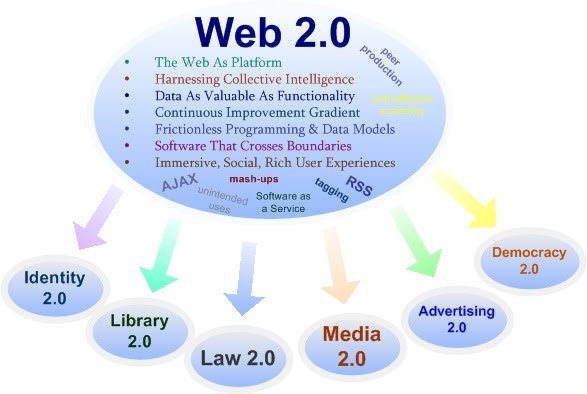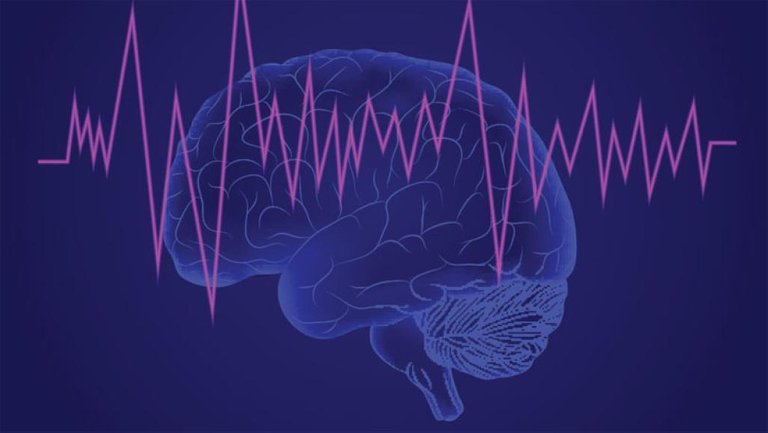The cracks are already starting to show in the facade. It is a very slow leak at this point but the water is getting through. As we know, the only thing that happens, if not addressed, is the leaks get larger as the water erodes away at the concrete.

Web 2.0 is the dam. It might be a long way from bursting yet it is encountering difficulties. Since addressing the issue is not going to be done, we can presume this issue will only continue to grow.
Over the last, we saw most of the social media platforms go on a culling spree. As I write these words, it does appear the net they are casting for banning is growing. It no longer is isolated to just a few outcasts. Instead, they are starting to attack those who go against the accepted viewpoints.
Their business model is build upon the simple premise of taking users activities, analyzing the data, and selling it to advertisers to the benefit of the stockholders. It is a model that worked well for more than a decade. It was the only game in town and people, ultimately, had little choice.
That is stating to change. Crypto-economics is now on the scene. This is offering new potential in ways we have not even imagined. In these early days, most are still unaware of what is taking place. It is akin to the early days of the Internet when the general public was clueless about the massive technological change that was emerging right under their noses.
The sunset of Web 2.0 means the dawn of a new experience. Like most technological transitions, it is not the same entities that usher them in. For example, there was a time when IBM was the dominant computing company. However, they were not the ones responsible for the personal computer revolution. The push towards electric vehicles, thus far, has not come from mainstays like Volkswagon and General Motors but, rather, Tesla.
Web 2.0 served its purpose. It was highly successful in opening up new communication mediums. Whereas Web 1.0 started the process of abundant information, the second iteration did the same with our ability to interact. Technology allowed the medium to expand into video and audio as compared to just text.
Now we are beginning the undertaking of doing the same thing with money. Web 3.0 promises to offer the ability to monetize everything. No matter whether it is resident in the physical, digital, or biological world, it will be monetized.
Think this statement too far-fetched?

News came out that Microsoft filed a patent which will allow people to mine cryptocurrency using body heat, fluids, or brainwaves. This means simply being alive, since living people generate brainwaves, will earn cryptocurrency.
https://www.pcmag.com/news/microsoft-patent-describes-tracking-brain-activity-to-mine-cryptocurrency
Of course, as always the devil is in the details and the idea of an entity like Microsoft being able to tap into someone's brain is rather unappealing. Nevertheless, it does show what is being considered possible.
The old system, in many ways is trying to protect what it has. While it seems the tech companies are doing this, it is really the existing financial system. Public institutions such as Google and Facebook are locked into the Wall Street model. With billions being generated each year, they have issues turning on a dime. Major funds that are holding the stock will not accept the loss of revenue.
We also see the age of start ups. With technology being so powerful and global communications now established, billions can be reached with a laptop. Each new major technological era sees the formation of new companies. This process lays the foundation for those who eventually do grow to a mammoth size.
Presently, the largest companies in the United States are Amazon, Microsoft, Google, Facebook, and Apple. Of that list, 3 of those companies did not exist 30 years ago and only one, Apple, was around in the 1970s. With the pace of change accelerating, 20 years from now, some of the largest companies are not even in existence today.

As the dam gets compromised, the holes only grow in number. Over time, the weak points expand until it get to the point where it is impossible to save. It takes years for erosion to get to this point, but it does happen.
I like this analogy because it really does capture what is happening with Web 2.0. This is an iteration that entered the sunset phase. Web 3.0 is growing. Over the next couple years, the holes in the dam will grow in number. Those in charge of keeping it all together will scramble around to plug them up. Unfortunately, there will be a point where there are simply too many.
This is what happens when millions of people are involved in projects that are determined to move things to the next phase. They are motivated, agile, and innovative. This is what makes them so dangerious.
It is a story that played out during each major technological cycle.
This time will be no different.
If you found this article informative, please give an upvote and rehive.

gif by @doze

Posted Using LeoFinance
The more technology and the access to knowledge and information outside the centralized narrative expands and people realize they have an opportunity and the option, they will abandon it.
And Hive is in perfect position to be the hub for grassroots adoption of decentralized society.
Thanks for the great content and all your efforts here.
Peace
Great article - everything will be p2p running on a decentralized computer that anyone can access meaning incredible creativity and innovation!